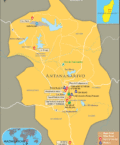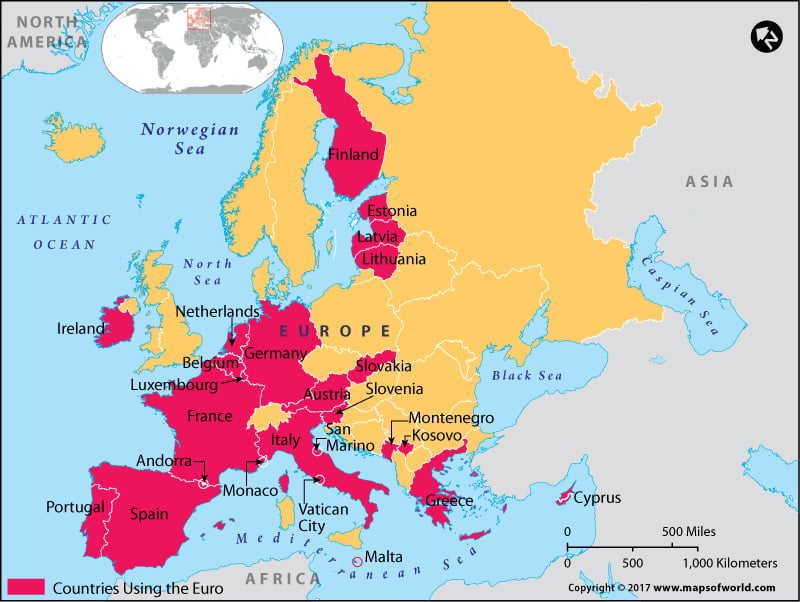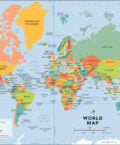With large and growing Agricultural, mining, manufacturing and service sectors, Brazil economy ranks highest among all the South American countries and it has also acquired a strong position in global economy. As a result of falling real wages during 2001 to 2003 the economy of Brazil grew only 2.2% per year(average).
The country was hit by a number of global and internal economic crises. But Brazil economy did not collapse. The reason behind this is the strong Brazilian economy and the economic policies and programs taken up by President Cardoso and strengthened by President Lula Da Silva.
Brazil's economy has been undergoing a continuous growth and development from 2004 which has led to a rise in employment and real wages. The economic system of Brazil is standing on a floating exchange rate, a regime that is inflation targeting and a compressed fiscal policy.
Brazil had to face a sharp depreciation in the currency which led to a drastic adjustment in current account from 2003 to 2006. This was followed by trade surpluses. Surplus agricultural production also led to an increase in exports.
Economy of Brazil also has weaknesses. These are mostly related to debts. Domestic debts went up from 1994 to 2003. But Brazil controlled this rise in 2006. The president has introduced economic programs to control taxes and increase public investment.
The present GDP is $1.6 trillion and the real growth rate of GDP is 3.7%. rate of unemployment is 9.6% and inflation is 3%.Major industries are textiles, shoes, chemicals, aircraft, steel, motor vehicles, etc. Agricultural products includes coffee, wheat, rice, sugarcane etc.
For more information log on to
- Economy of Argentina
- Economy of Bolivia
- Economy of Chile
- Columbian Economy
- Costa Rica Economy
- Guatemala Economy
- Economy of Guyana
- South American Economy
- Economy of Panama
- Economy of Peru
- Venezuelan Economy




